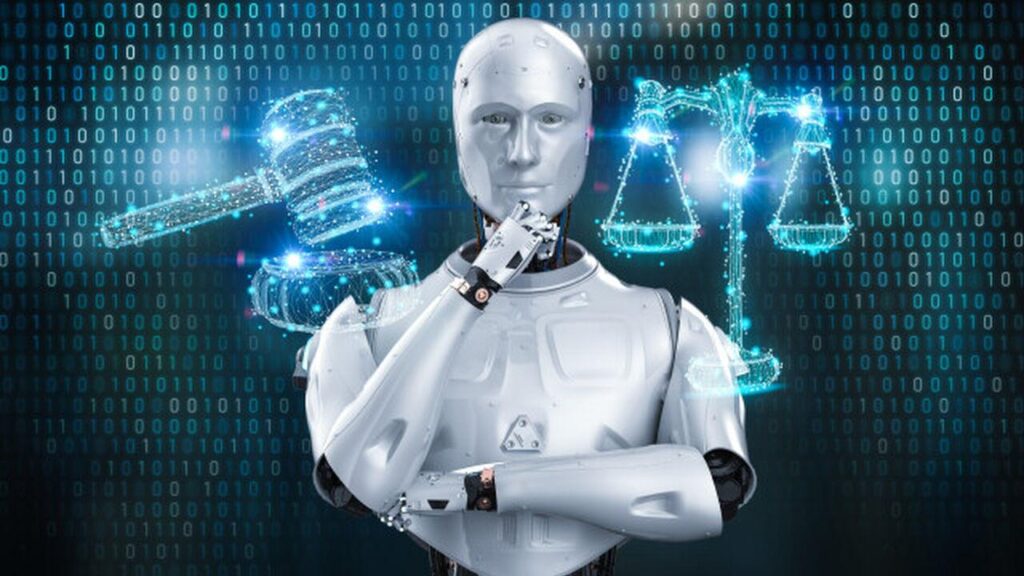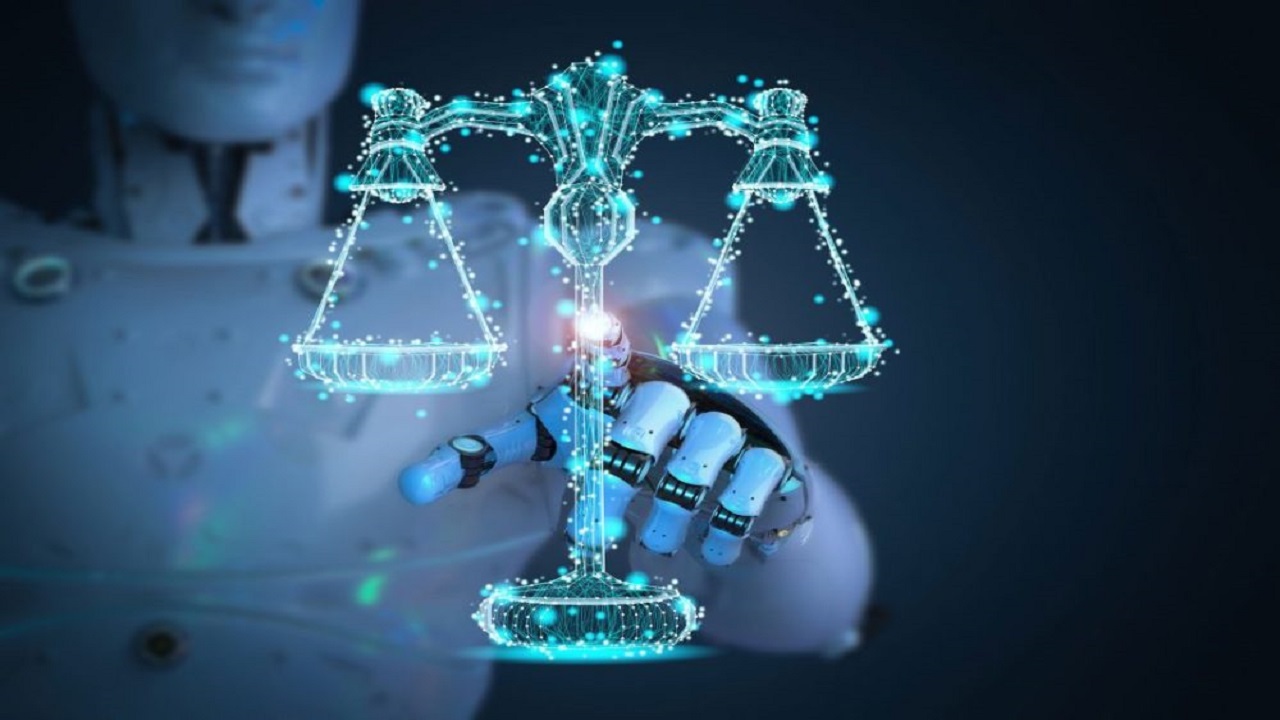Artificial intelligence, which now easily infiltrates every part of our daily lives, will be controlled. The AI Core Model Transparency Act aims to clarify whether copyrighted data is being used to train AI models. For this, within the scope of the new bill, artificial intelligence companies will be required to disclose copyrighted education data. Here are the details…
The Artificial Intelligence Basic Model Transparency Act will audit artificial intelligence companies in terms of copyright!
Artificial intelligence is developing day by day. In order to develop, it needs to use large training data. However, this situation also brings with it some ethical problems. The European Union is producing a solution to this problem. The European Federal Trade Commission (FTC) will work together with the National Institute of Standards and Technology (NIST). It will also create rules for reporting transparency of education data.

Companies creating underlying models are required to disclose the sources of their training data. However, it should report how the data is stored during the extraction process. They also need to explain any limitations or risks of the model. However, it should indicate how the model complies with NIST’s planned AI Risk Management Framework and other federal standards.
Bu durum yapay zeka modellerini eğitmek ve çalıştırmak için kullanılan hesaplama gücü hakkında bilgi sağlayabilir. Ayrıca tasarı, yapay zeka geliştiricilerinin, modelin tıbbi veya sağlıkla ilgili sorular, biyolojik sentez, siber güvenlik, seçimler, polislik, mali kredi kararları, eğitim, güvenlik ve diğer konularla ilgili yanlış veya zararlı bilgiler sağlamasını önleyecek.
Yapay zeka çalışmalarının başı telif ile dertte. Bu sorun yüzünden yapay zeka şirketlerine birçok dava açılıyor. Bu yasa tasarısı, telif hakkıyla ilgili veri şeffaflığının önemini vurguluyor.
Tasarıda, “Kamuoyunun yapay zekaya erişiminin artmasıyla birlikte, telif hakkı ihlaline ilişkin davalarda artış oldu. Bu da kamuoyunun vicdanını yaraladı. Vakıf modellerinin kamu tarafından kullanılması, kamuoyuna sayısız örneğin yanlış, kesin olmayan veya önyargılı bilgiler sunulmasına yol açtı.” ifadeleri yer alıyor.














